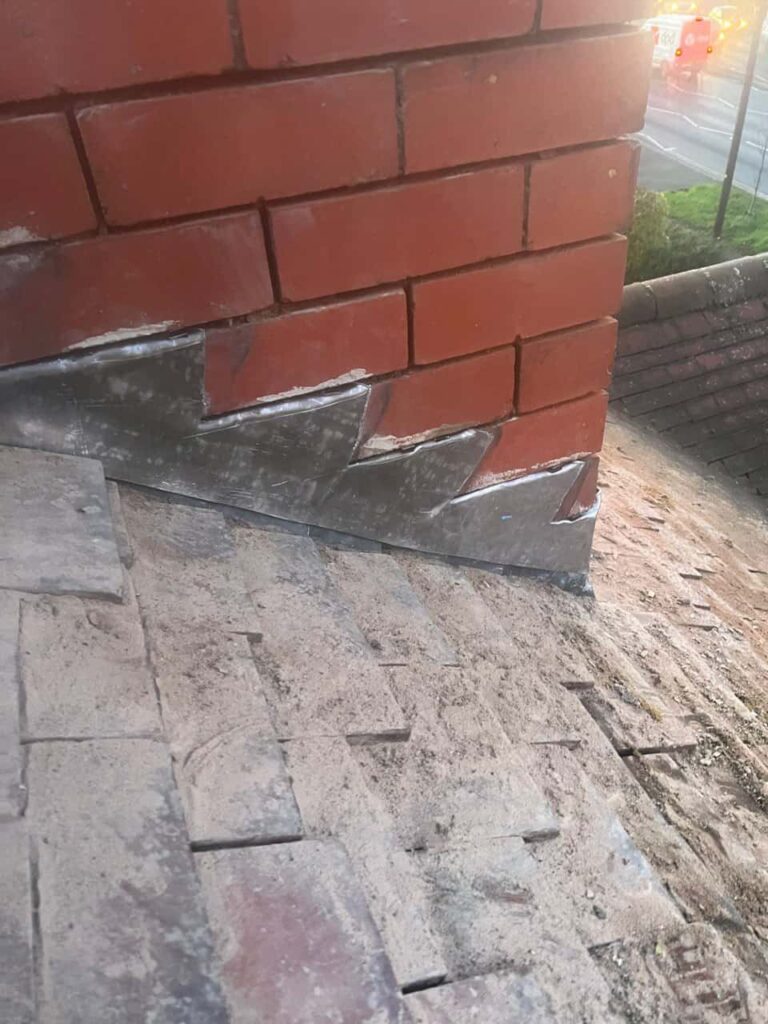Introduction
There’s nothing more frustrating than discovering a mysterious damp patch on your ceiling or wall. It’s unsightly, worrying, and often leads to that dreaded question: “Is this going to cost me a fortune?” Damp patches are often misdiagnosed or left to worsen, causing significant internal damage and creating unhealthy living conditions.
At Stapleford Roofing Repairs, we frequently assist homeowners across Nottingham in tracing the true source of damp. Often, the culprit is the roof—but not always in the way you’d expect. In this article, we’ll explore the common causes of internal damp patches, how to determine if your roof is to blame, and what steps you should take next.
Key Takeaways
Damp patches can result from roof leaks, condensation, or structural issues
Early intervention is vital to prevent extensive damage
Stapleford Roofing Repairs offers expert diagnosis and long-term roofing solutions throughout Nottingham
Where Is the Damp Patch Located?
The first clue to identifying the cause of damp is its location. Is it in the corner of a ceiling, near an external wall, or underneath a chimney? Each position offers different hints.
Here’s what your damp patch might be telling you:
- Ceiling near loft or attic space – Likely from roof leaks or condensation in the loft
- Around chimney breasts – May be due to failing flashing or degraded mortar joints
- Top corners of external walls – Often points to roofline issues like broken tiles or gutter problems
- Below valleys or junctions – Could relate to poor detailing where two roof sections meet
Correctly identifying the source is key to applying the right fix—not just masking the problem.
Common Roof-Related Causes of Damp
Roofs take the brunt of the British weather, and even minor faults can allow water to penetrate over time. The following are some of the most frequent roofing-related causes of damp we see in Stapleford:
1. Missing or Slipped Tiles
Strong winds or ageing fixings can cause tiles to become displaced. Even one missing tile can allow rain to seep into the underlay, especially during heavy downpours.
2. Faulty Flashing
Lead or other flashing around chimneys, roof valleys, and dormers is critical in keeping water out. Over time, this flashing can lift, crack, or corrode—creating an entry point for moisture.
3. Blocked Gutters and Downpipes
Water that can’t drain properly due to debris in gutters will overflow. This overflow can track back under roof edges and into the wall cavity, showing up as damp below.
4. Poor Ventilation in the Loft
If your loft lacks adequate airflow, warm air from below condenses on cold surfaces like rafters or roofing felt. This trapped moisture often leads to black mould and ceiling damp patches—not from a leak, but from condensation.
5. Damaged Felt or Underlay
Even with intact tiles, worn-out underlay or felting can allow moisture ingress. This is often an issue with older roofs where materials have reached the end of their lifespan.
Other Potential (Non-Roof) Sources
Not all damp comes from above. It’s worth considering other possibilities before blaming the roof:
- Plumbing leaks, especially from bathrooms above
- Penetrating damp from cracked render or walls
- Rising damp if the patch is close to ground level
- Condensation due to lifestyle and poor insulation
That’s why it’s so important to have a qualified professional inspect the issue—guesswork can lead to wasted time and money.
How to Act Quickly and Effectively
Spotting a damp patch early is a good thing—it gives you time to act before things escalate. Here’s what you should do:
- Take photos and note the location and size of the patch
- Check your loft (if safely accessible) for signs of leaks or condensation
- Look for any visible external roof damage from the ground
- Contact a trusted roofing expert to carry out a proper inspection
At Stapleford Roofing Repairs, we provide thorough assessments to get to the root cause—not just the visible symptoms. Whether it’s a slipped tile or hidden condensation problem, we deliver solutions that last.
Conclusion
Damp patches are never pleasant, but they don’t have to be a nightmare. By understanding the possible causes and acting quickly, you can avoid major repair bills and keep your home safe, dry, and structurally sound. Whether your roof is the cause or part of a wider issue, expert advice is the smartest first step.
If you’re in Stapleford or anywhere in the Nottingham area and you’ve spotted signs of damp, Stapleford Roofing Repairs is here to help. Contact our team today for professional, honest guidance—and let us protect your home from the top down.
Call us on: 0115 647 1193
Click here to find out more about Stapleford Roofing Repairs
Click here to complete our contact form and see how we can help with your roofing needs.

